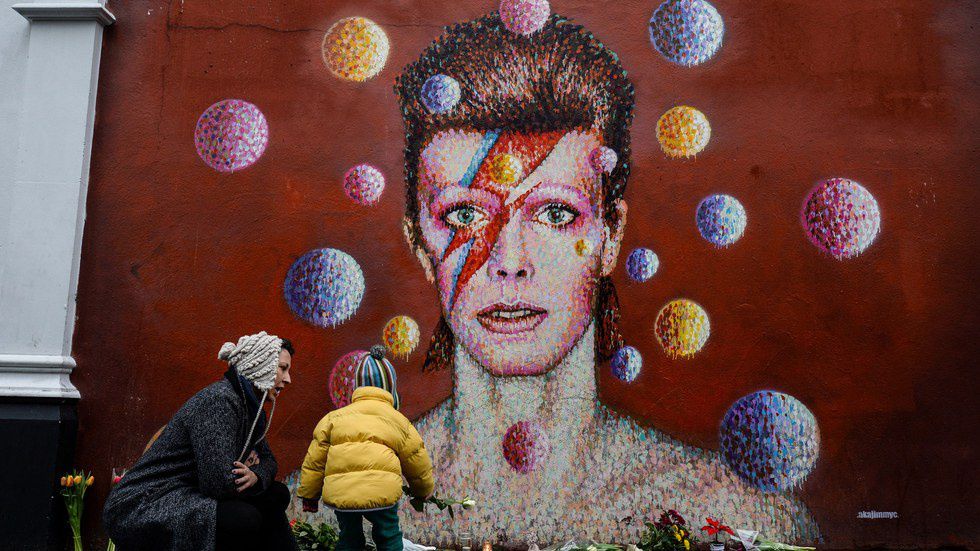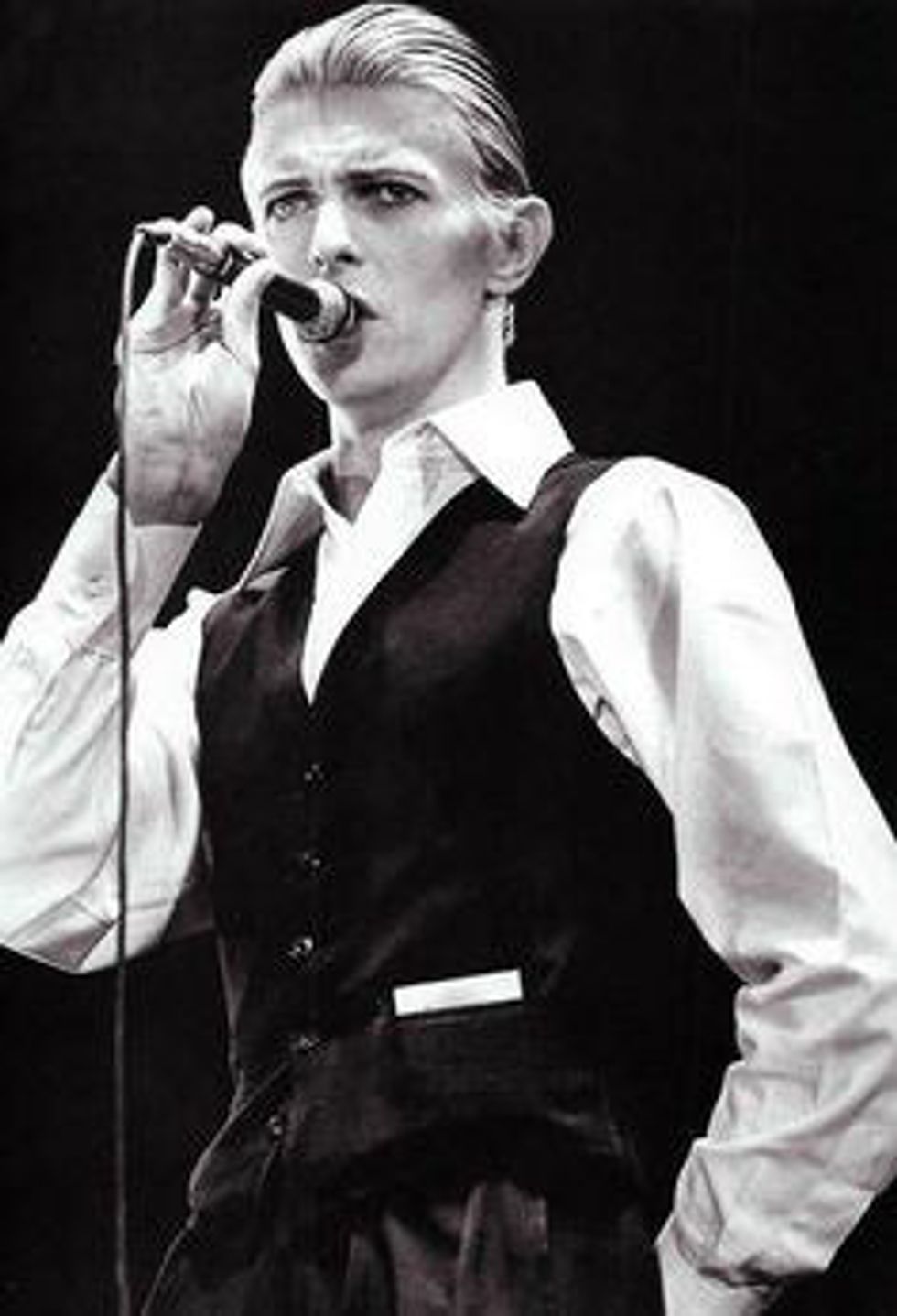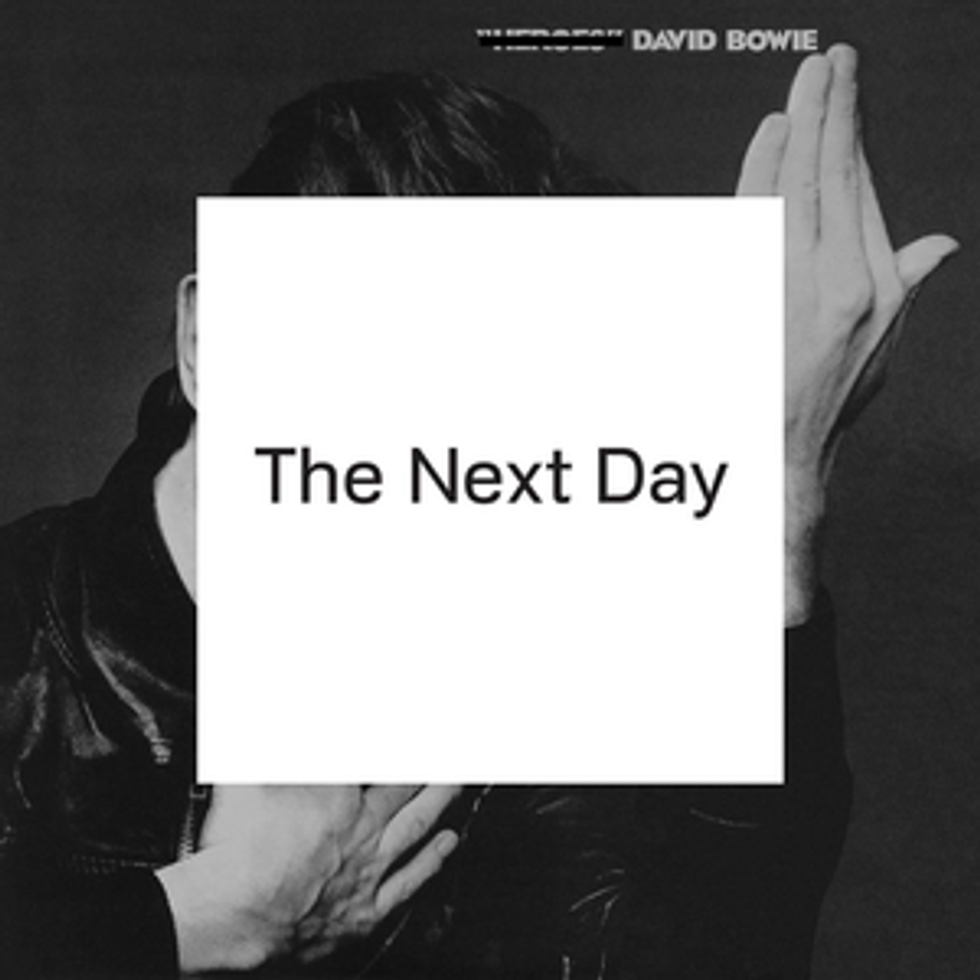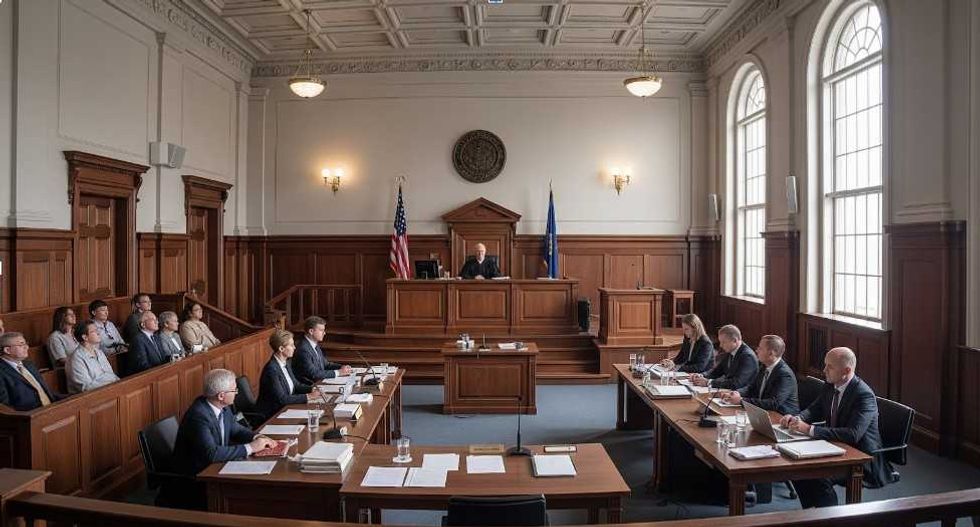As you have probably already heard, the iconic David Bowie died of cancer last Sunday, on Jan. 10, 2016.
David Bowie (aka Ziggy Stardust, the Star Man, Aladdin Sane, the Thin White Duke, and the Man Who Fell to Earth) was more than just a songwriter and musician. He was an actor, a trendsetter, and a rare creative mind. Bowie was the type of artist who could work in many genres and often transcend them all together.
Bowie was born David Robert Jones in 1947. He grew up in Brixton, England, just south of London. He began playing music (the saxophone) when he was 14 and formed his first band a year later. Bowie earned little fame or commercial success in his early career, that is until he released this song:
Bowie’s “Space Oddity” was released as a single in 1969, peaking as the fifth most purchased single in the United Kingdom. Mr. Bowie was inspired to write the tune after seeing Stanley Kubrick’s “2001: A Space Odyssey” in a movie theatre.
In 1971, Bowie released the album “Hunky Dory”, headed by his song “Changes”. The track struck a chord with young people at the time and came in at number 66 in the United States.
And yes, that is Bowie getting sexy on the saxophone. "Hunky Dory” is probably my favorite record of his.
Next year, Bowie would make a transformation into one of his first alter egos, Ziggy Stardust. 1972 brought us “The Rise And Fall Of Ziggy Stardust and The Spiders From Mars.” The album is a soundtrack to the story of Ziggy Stardust, the intergalactic, bisexual alien rockstar. Some of my favorites are “Moonage Daydream”, “Ziggy Stardust”, and “Suffragette City.”
Rolling Stone Magazine ranks this album as the 35th greatest ever.
While touring in the United States, Bowie created his next persona, Aladdin Sane. Bowie described the album as "Ziggy goes to America." Aladdin is the red-haired, skeletal version of Bowie with an orange lightning bolt on his face. It's how he was portrayed in the famous mural in Bowie's hometown, Brixton.
"Aladdin Sane" (1973) marked Bowie's first number one album in the United Kingdom. Influenced by his stateside travels, the record contained a bit harder rock than "Ziggy Stardust" and even journeyed into Americana and blues. Here's "The Jean Genie", a hit from the album's B-side.
In 1974 Bowie moved to the U.S. and recorded "Diamond Dogs." That album hit number one in the U.K. and number five in the U.S. Apparently, it was heavily inspired by George Orwell's novel "1984". In the U.S. "Rebel Rebel" was by far the most popular track from "Diamond Dogs."
Next came another shift in sound. Bowie explored the world of R&B and soul and recorded "Young Americans" in Philadelphia, 1975. The album contained his first number one hit in the U.S., "Fame", which was actually co-written with John Lennon. Watch Bowie play that funky music on Soul Train here.
By 1976, it was time for a new persona. Bowie introduced the Thin White Duke in his album "Station to Station." The Thin White Duke was inspired by Bowie's starring role as a man/alien in the film "The Man Who Fell To Earth." "Station to Station" further developed Bowie's soul sound, as well as experimented with electronic instruments and synthesizers.
Fast forward three years to 1980. Bowie released "Scary Monsters" and entered the new wave and pop scene. The album contained the U.K. number one, "Ashes to Ashes."
In 1981, David Bowie collaborated with Freddie Mercury and Queen on their single "Under Pressure", earning Bowie his third U.K. chart-topper.
"Let's Dance" came in 1983 with three top 20 singles.
"Tonight", another danceable album, released in 1984.
Bowie and The Rolling Stones' Mick jagger released their duet, "Dancing in the Street", in 1985
His last solo work of the '80s was "Never Let Me Down" (1987).
In 1989 Bowie put his solo career on hold and formed a rock quartet called Tin Machine.
1993 brought Bowie's first solo venture since his run with Tin Machine. "Black Tie White Noise" was influenced by soul, jazz, and even hip-hop. There was a different, more electronically-prominent feel to the album, and it still hit the top spot in the U.K.
David Bowie was inducted to the Rock and Roll Hall of Fame in 1996.
1997's "Earthling" played with electronica and drum and bass, as well as marked Bowie's 20th studio album.
He released "Hours..." in 1999, using lots of live instrumentation and departing from electronica.
After his 2003 album "Reality" and the following world tour, Bowie went quiet. It was not until his 66th birthday in 2013 that another album release was announced. "The Next Day" was a huge success, with singles like "Where Are We Now?" jumping to number one almost immediately.
And just three years after that, David Bowie was gone. Before he departed, however, he left us with "★" (yes, the record has its own text character). Pronounced "Black Star", Bowie released the album on his 69th birthday, just two days before his death. In true Bowie fashion, the album is as unique and genre-bending as ever. They try to categorize "★" as avant-garde jazz and experimental rock, but that just means this is some next-level artistry that I myself often find hard to comprehend.
Following Bowie's passing, "★" skyrocketed to number one on iTunes.
People are also downloading Bowie's older works in high numbers. In fact, Amazon sold nearly every Bowie album they had in stock, and for good reason. The man had five number one hits and two grammys. He's sold an estimated 140 million records worldwide during his 50-year musical career. Dude is a legend, straight up.
May he rest in peace.























